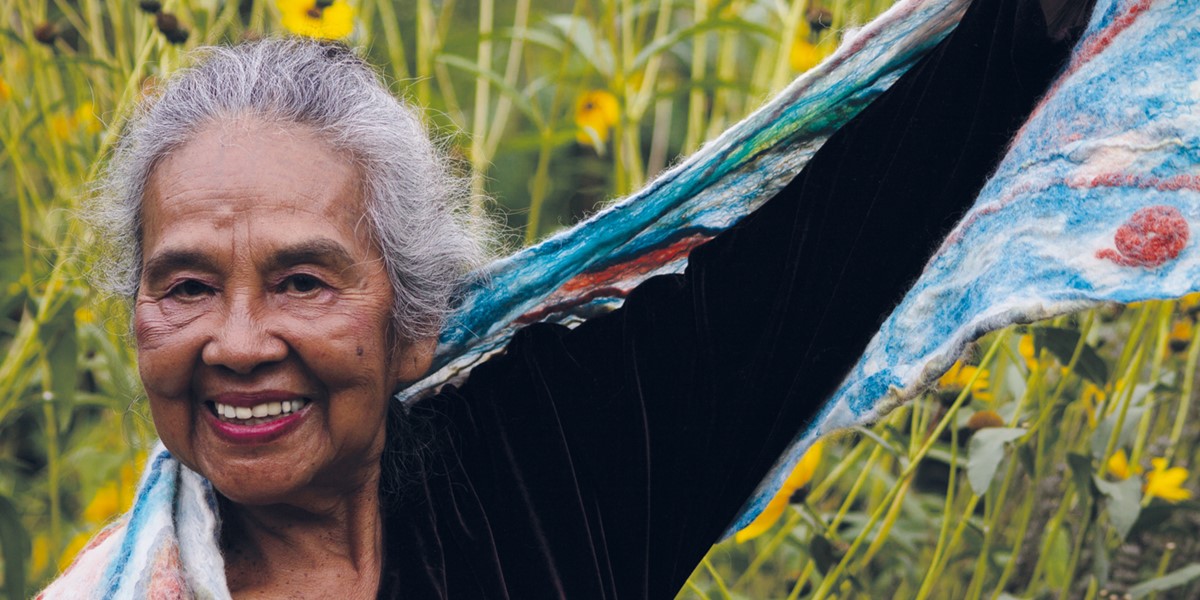Wednesday, February 8, 2023
How Totó La Momposina became the Queen of Cumbia
Totó La Momposina reflects on her journey from a small Colombian village to the international stage


Register now to continue reading

Thanks for visiting the Songlines website, your guide to an extraordinary world of music and culture. Sign up for a free account now to enjoy:
- Free access to 2 subscriber-only articles and album reviews every month
- Unlimited access to our news and awards pages
- Our regular email newsletters

